Prologue:
What
can I say? It’s the perfect storm. Regular Show for the 3DS is the kind of game that I was going to buy regardless of
what anyone said about it. It’s an old school platformer. It’s based on Regular
Show. It was developed by WayForward. And,
let’s be honest, at only 30 bucks, it doesn’t require a large investment.
Upon
opening the game, I was greeted with just about the coolest looking manual I’ve
seen in a long time. The manual was designed to look like an old Master System
Manual. Even though the inside of the manual is filled with the multi-lingual
3-page fare we’ve come to despise from modern gaming manuals, the cover, at
least, was a great way to make an early impression. Bravo, WayForward.
Graphics:
The
main hook of Regular Show: MARIEBL (Morticai
And Rigby In Eight Bit Land), as
evidenced by the title, is that Mordecai and Rigby are going to be spending
their time in an 8-bit setting. Unfortunately, or fortunately depending on your
perspective, the game has not actually been created to match any existing 8-bit
specifications. The game hasn’t even been created with the intention to mimic
said specifications. Instead, the title seems to be content in matching more of
a 16-bit look than that of an 8-bit look. The decision is understandable. True
8-bit graphics or faux 8-bit graphics would have looked too simplistic for most
modern gamers. 8-bit specs would also have prohibited WayForward’s amazing
sprite animators from doing what they do best.
WayForward,
in Regular Show: MARIEBL, have created a
16-bit look that simply oozes old school charm while staying true to the look
of the source material. Mordecai and Rigby’s sprites and animations are a joy
to see in motion. Their movements and facial expressions look like they were
pulled directly from the show Watching Rigby scamper around on all fours during
his running animation never ceased to put a smile on my face.
Aside
from the traditional look of the show, there are many little graphical nods to
classic gaming that are peppered throughout. Here’s just a few:
1. The file select icons are Master System Cartridges.
2. The number of lives remaining are shown before each level
ala Super Mario World.
3. Mordecai and Rigby enter each stage as a beam of light
like Mega Man.
4. Mordecai’s spaceship mode (more on that later) looks like
it’s from Gradius.
5. A few enemies are very pixilated to look 8-bit.
So,
even though Regular Show: MARIEBL, does
not deliver on the promise of an 8-bit setting, the 16-bit-like one that is
presented is so well done that it is easy to forgive WayForward’s decision to
avoid making a strictly 8-bit styled title. That said, I would love to see a
budget priced sequel that more closely follows the boundaries of 8-bit gaming
like what we’ve seen in Capcom’s Mega Man 9 and 10 and Super Icon’s
phenomenal Life of Pixel (shown below).
Sound:
The
sound design in Regular Show: MARIEBL,
much like the graphics, has more in common with the 16-bit era of gaming than
the 8-bit one. All of the music in the game is lovingly done in a chiptune
style. Every wolrd in the game has two music tracks. One is for the overworld
map and the other plays within that world’s levels. With there being a total of
only 4 worlds, that gives us a very limited number of music tracks. That’s not
to say that there are only 8 songs, though, as there are shorter situational
ones that are also included. Though it may sound like there isn’t enough
variety to the music, I never felt like there wasn’t enough music in the game.
Because each world has only four levels, the one song used for each world never
had a chance to grow tiresome.
Just
like with the graphics, the sound design is also done in such a way as to
reference older games. For example, even though the 3DS has enough horsepower
to use actual voices for the game, there are none within this title. Instead,
when the main characters are going, “OOHHHH,” victoriously, the game plays a
tone to approximate the sound. It’s cheesy and sounds terrible, but it’s also
charming. Also, it seems like all of the music is written to remind gamers of
older game tracks. The continue screen, game over screen, and death tunes in
particular sound VERY familiar. Lastly, the stage music tracks deserve special note for
being original and exciting while still conforming to classic gaming music
tropes. The first world, for example, has a jubilant hopeful track that is
reminiscent of the kind of music found in countless colorful platformers.
Gameplay:
All
the amazing art and sound direction in the world can’t save a game if the
gameplay is broken (I’m looking at you, Brutal Legend). Thankfully, this game is not broken. It’s also,
sadly, far from perfect. In order to better review this particular part of the
game, I feel like it’s necessary to explain a few things about the kinds of
classic games Regular Show: MARIEBL
has been inspired by.
Let’s
start with a simple fact: Old School console games are really hard. They had to
be really hard. They were being released at a time when game design was just
starting to break free from an arcade business model that needed customers to
fail in order to be lucrative. Coupled with this, a game needed to be hard in
order to extend its length. Unlike today, most early console games could be
beaten in under 2 hours. Punishing difficulty was the only way to really ensure
that a gamer wasn’t done with a particular title the same day they bought it.
In
keeping with that tradition, Regular Show: MARIEBL, is a very short game. The game is broken up into
four worlds and each world contains four levels and one boss. That’s only 16
levels and 4 bosses total. If you really try, you can easily beat the game in
one day. I know I did. In order to compensate for the short length, like old
games, Regular Show: MARIEBL,
proves to be a fairly difficult title. The game’s levels are littered with
multiple enemies and hazards that will all end our (non-powered-up) heroes’
lives with only one hit. To be honest, the levels are probably too hard.
WayForward must have noticed this because they added the modern concessions of
checkpoints and progress saving. Without these two concessions, the title would
probably have taken me a much much longer amount of time to complete. I’m
unsure as to whether or not this was a good idea. On the one hand, the game is
too short because it is not as difficult as it probably should be considering
the history it is drawing from. On the other hand, the modern concessions make
the game more approachable, less frustrating, and a better match for the show’s
target audience. In the end, WayForward probably made the right choice despite
what it does to the game’s length.
The
game has three distinct styles of play. The first, and most prevalent, is
platforming. Platforming control is tight and responsive. Every time I missed a
jump, I was certain it was my, and not the controls’, fault. There are two ways
to eliminate enemies during platforming sections. The first is to jump on their
heads. This tried and true mechanic is an absolute bear to use. Unlike many
games that use the same mechanic, I found Regular Show: MARIEBL’s implementation of it to be too difficult to
confidently utilize. In order for Mordecai or Rigby to kill an assailant, they
must land DIRECTLY on the top of the CENTER of that assailant’s head. If you
land just a little to the left or right, chances are that your character is
going to be the one to die. Because of this, I found myself avoiding
confrontations with enemies unless I was in possession of the mullet power-up. The
mullet power-up allows both characters to use a projectile weapon until they
get hit and lose the mullet.
The
second style of gameplay plays loosely like a shmup (shoot-em-up like R-type).
Modecai, in certain sections of the game, can transform into a spaceship. You
have control of how the ship moves and are not dragged along the level like in
R-type. The ship controls fairly well and can charge its shots like Mega Man.
The ship can acquire one power-up that you will keep for as long as you can
avoid taking damage. The power-up grants you a spread shot type weapon and is
very useful. The power-up functions as the mullet when you switch out of
spaceship mode. Likewise, if you enter spaceship mode when you have the mullet,
you will have the spread shot. The same is true for Rigby’s overhead gameplay
mode and his respective power-up.
The
third style of gameplay is that of an overhead shooter. In it, Rigby is armed
with a gun and moves around a top-down perspective area while mowing down
enemies. There is a slight stealth element to these sections as the enemies
will only attack Rigby if they have seen him. Rigby’s power-up for these
sections is an Uzi. The only difference between the uzi and his regular weapon
is the rate of fire.
The
three gameplay styles are each fun to play in their own way. Because levels can
shift from one style to another style instantaneously, the addition of these
gameplay styles adds great variety and difficulty to Regular Show: MARIEBL.
Sadly,
the difficulty that is added is not always welcome. The shift to spaceship or
shooter sections is done by having Mordecai and Rigby jump into the background.
While in the background, there will be certain walls that are only part of the
background and other walls that are part of the foreground. Often times,
jumping back into the foreground will accidentally kill your character because
the foreground section you are on has ceased to have a floor. These deaths feel
cheap and can easily cause frustration. To further complicate issues, the overhead
sections of the game allow Rigby to shoot through walls that are in the
background but NOT the walls that are part of the foreground. As annoying as it
all sounds, the odd thing is that when the shift jumping works, it really
works. Jumping between 3 different styles of gameplay multiple times within one
level is a whole lot of challenging fun.
Extras:
Regular
Show: MARIEBL’s extras are unlocked by
collecting golden VHS tapes that are hidden throughout the game’s levels. Each
level has 3 of them. The game’s unlockables can be viewed, listened to, or
activated through the game’s unlockables menu. The first kind of unlockable is
a terrible art gallery that does a poor job of showcasing the game’s artwork
along with other faux sprite artwork that serves no purpose. The second kind of
unlockable is the game’s sound mode which lets you listen to the game’s music.
The last one is a cheat menu. The cheats are courtesy of a “Game Djinn”
(funny). The cheats can be activated in this menu but only after they have been
inputted into the Game Djinn. Since the game never gave me any codes to use, it’s
anyone’s guess how we will be able to utilize them. For what it’s worth, my one
guess, the Konami Code, was able to unlock Unlimited Lives.
The
last extra is the game’s New Game Plus mode. For fans of harder difficulty,
this mode will be a real treat. You start the game from the beginning (your VHS tapes carry
over) with an increased difficulty, the removal of checkpoints, and a time
limit added. It’s not the best way to extend game length, but it IS harder.
3D Effect:
The
3D is serviceable. It breaks the game’s different fields into layers. If you’ve
ever played a 2D game in 3D, it is exactly the same kind of lackluster effect
you’re used to. The only appreciable effect on gameplay is that it makes some
of the more confusing shift changing sequences easier to manage.
Overall:
Pros:
+ Art Design
+ Sound Design
+ The Sweet Manual Cover
+ Difficulty
+ Classic Gaming References
Cons
- Difficulty
- Jumping on guys’ heads is too hard
- Game Length
On
the whole, Regular Show: MARIEBL is the
kind of game that’s really hard to recommend. Almost everything about it is
great. The gameplay is tight, difficult, and satisfying. The art and sound
design are exactly what they need to be. The game’s only real flaw, sadly,
happens to be really detrimental. The game is simply too short. For thirty
dollars, there should have been more to do. With that said, if you are a huge
fan of Regular Show, a huge fan
of classic games, and don’t mind spending 30 dollars on short games, then I
definitely recommend this game for you. For everyone else, wait for the
eventual price drop.
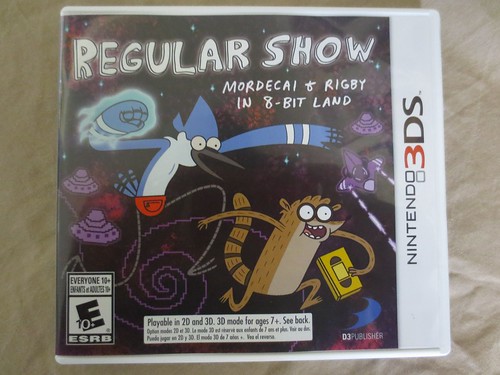
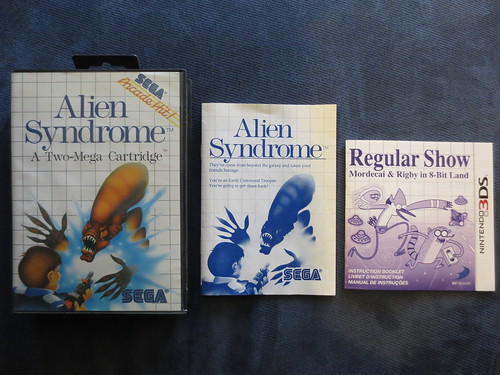
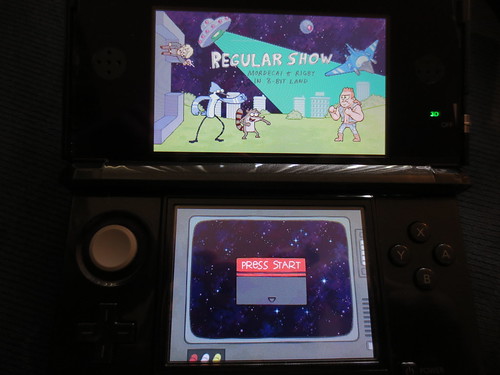

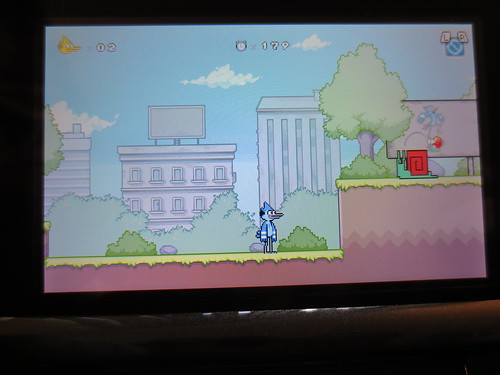
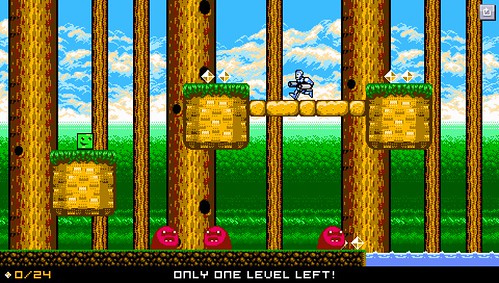

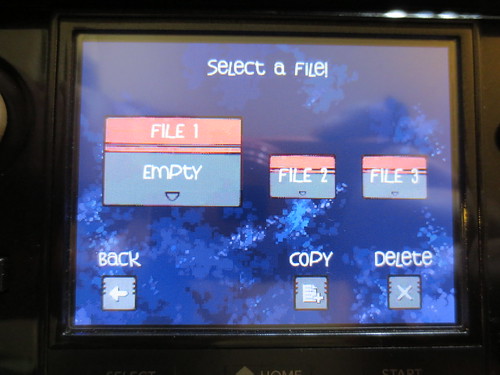
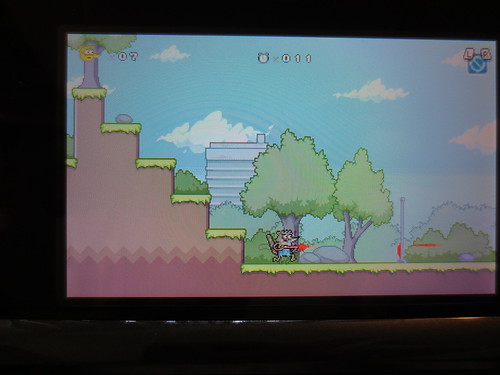
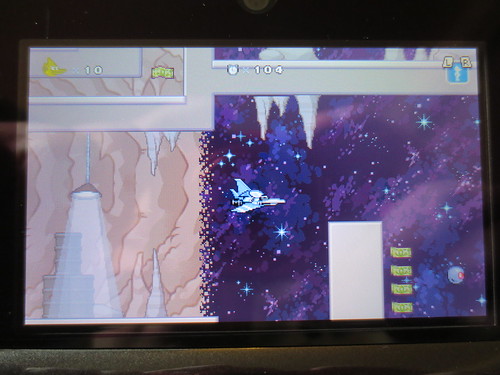
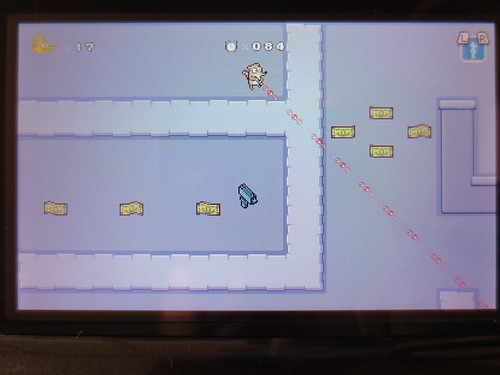

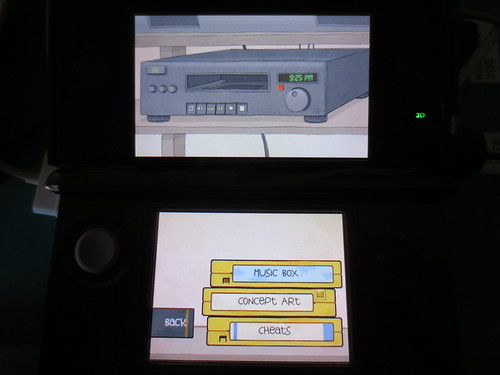
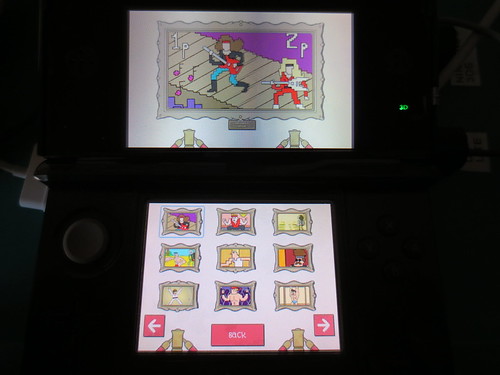
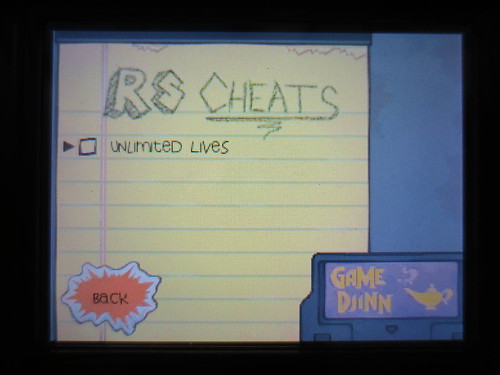

No comments:
Post a Comment